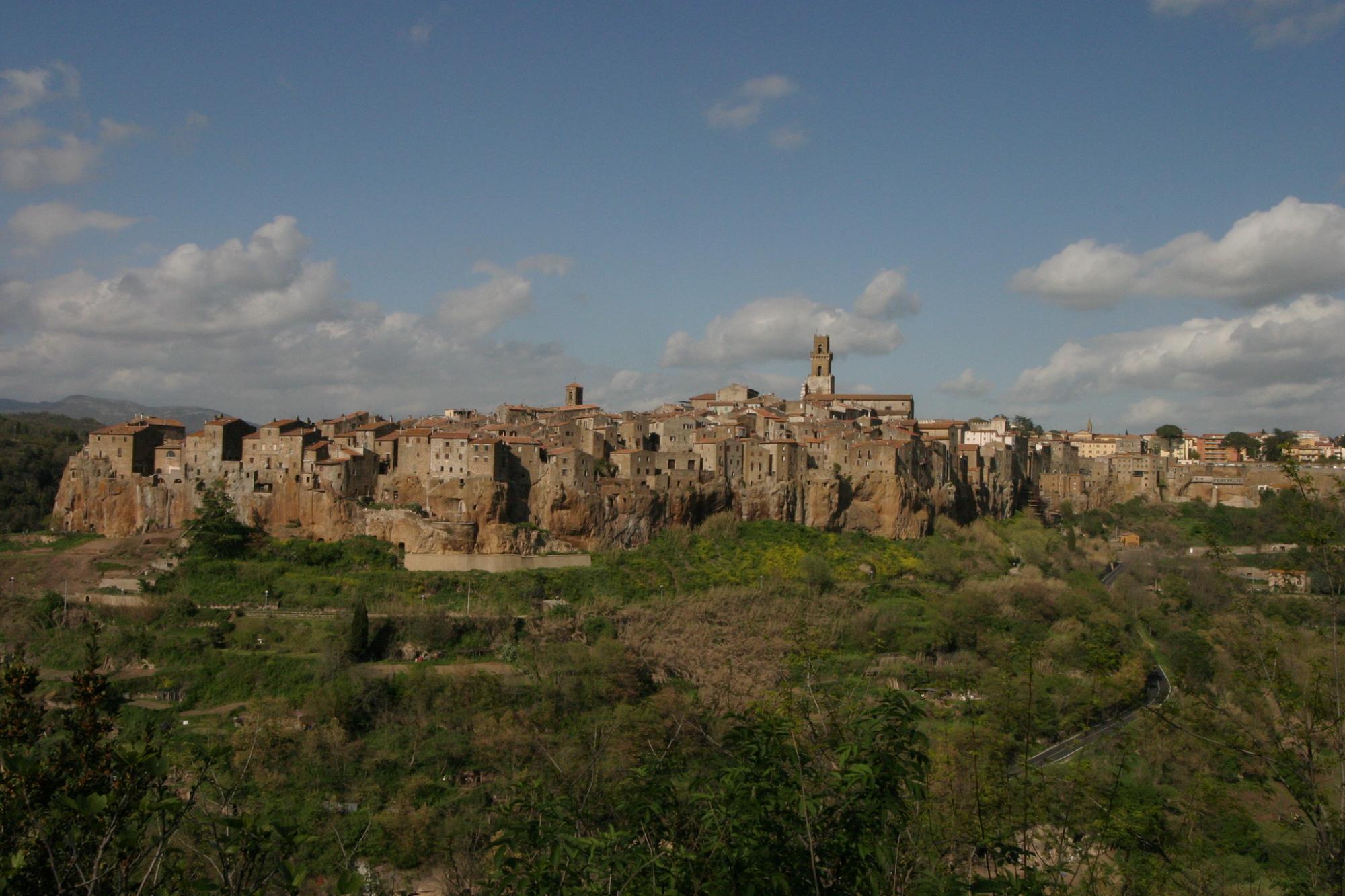

The Aldobrandeschi family played a significant role in the history of Maremma, influencing the region politically, socially, and economically. The Aldobrandeschi County had a decentralized structure, characterized by around eighty castles, each without clear mutual subordination. This choice hindered the development of new urban centers in Maremma, limiting the political and economic expansion of existing ones.
The exact origins of the Aldobrandeschi are uncertain, but several hypotheses connect them to the Lombards. The early generations of the family were linked to the aristocracy of Lucca and the episcopal environment. The recognized progenitor of the family is Eriprando I, who, tied to the emperor, significantly contributed to the social ascent of the family. The county expanded under the leadership of Ildeprando, who, with the title of count conferred upon him by Louis II, expanded the family's possessions, laying the foundations for a powerful county in Maremma.
Roselle was the first seat of the Aldobrandeschi, a thriving city with a strategic position near the Via Aurelia. Later, they moved to Sovana due to the destruction of Roselle by the Saracens. The family continued to expand its possessions, extending from the Val di Nievole and Val d'Elsa to northern Tuscany.
The period around the year 1000 marked the peak of the Aldobrandeschi's power. They conquered the castles of Amiata and extended their influence from the coast to the mountains, facing powers such as Pisa, Florence, Orvieto, and Siena.
Santa Fiora, governed by prominent figures like Rodolfo I, Rodolfo II, and Ildebrando III, represented a focal point on the map of Aldobrandeschi power. Grosseto, along with Sovana, Castro, the Orcia Valley, and other territories, formed another essential part of the family's possessions, stretching across various key locations.
Volterra, another landmark in the Aldobrandeschi's possessions, was one of the greatest expressions of their influence in the region. The conquest of castles in the mountainous Amiata highlighted the family's military capability. The rivers Ombrone, Albegna, and Fiora, along with their basins, represented natural boundaries of the controlled territories.
Among the numerous fortified castles, Castel del Piano, Pitigliano, Sorano, Orbetello, Marsilliana, and Vitozza stood out. These symbolized not only the military power of the family but also the vastness and geographical diversity of their possessions.
In summary, the Aldobrandeschi County exercised its dominion over an intricate mosaic of locations, from river valleys to mountain peaks, contributing to shaping the political and territorial landscape of medieval Tuscany.
The strategic position of their possessions, combined with shrewd politics during the struggles between Church and Empire, contributed to the consolidation of their power. Internal solidarity, mental flexibility, and opportunism of the counts were key elements in the duration of Aldobrandeschi power. Around the year 1000, an Aldobrandeschi was even elected pope with the name Gregory VII.
However, the decline began in the 13th century. Ildebrandino il Rosso, the last representative, attempted to salvage the County through marriages and alliances, but continued hostilities with Siena, the Pope, and the Orsini led to the gradual loss of their territories. The family definitively split in 1274, and after Ildebrandino's death, the County passed to the Orsini Counts and later to the Sforza-Cesarini Counts.
The Aldobrandeschi, once powerful lords of Maremma, disappeared definitively in 1438 with the death of the last male representative, marking the end of a dynasty that had dominated the region for centuries.